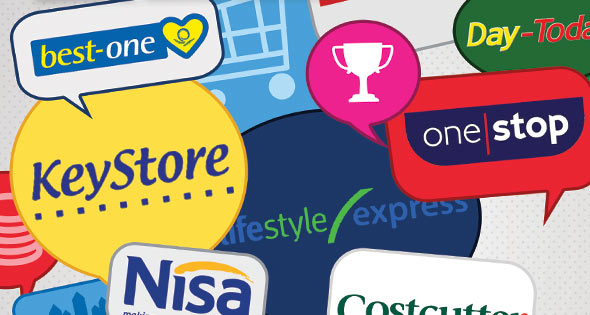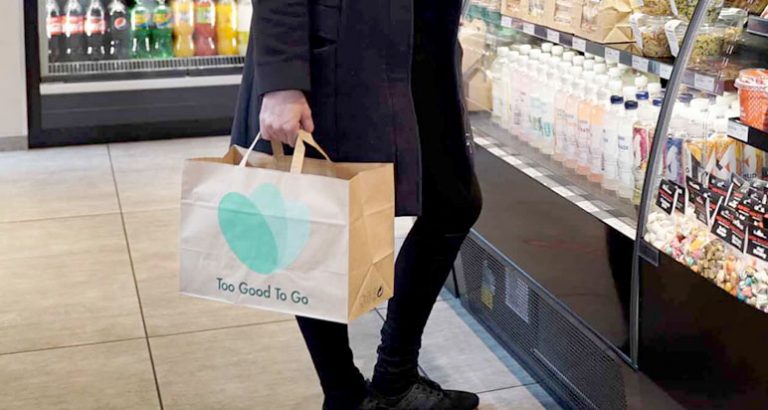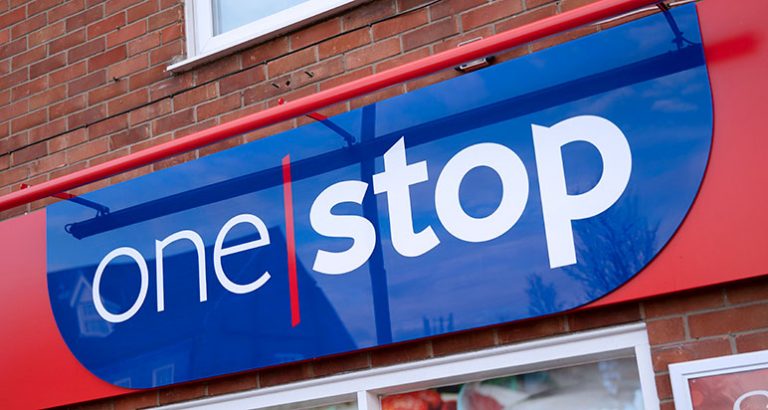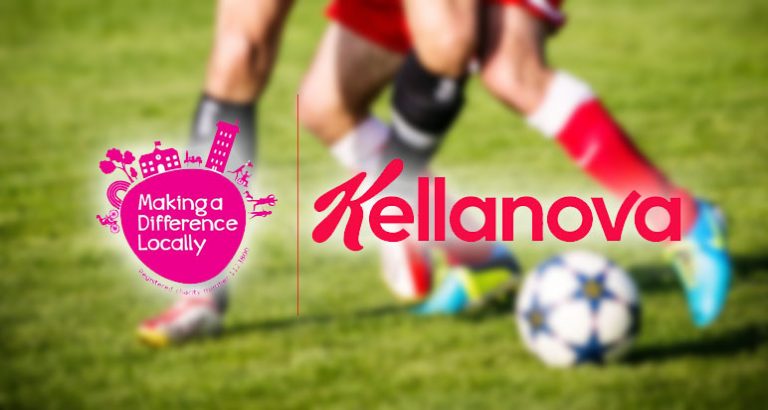Symbol group growth may be slowing, but competition is heating up as groups expand their offerings to attract both unaffiliated retailers and those looking to switch. And with figures suggesting significant movement over the next year, it could be time to shop around.
by Kevin Scott
In the modern grocery shopping environment convenience is a word that gets everyone excited. The key phrase that has been ringing throughout the industry is ‘little and often’. However, if it wasn’t for the high standards of convenience shops then shopping habits would never have evolved to this point in the first place.
It could be argued that the multiples move into the sector has been responsible, but in the last decade the independent sector has changed beyond recognition. Local convenience stores are bright and spacious with innovative solutions in category management and a concentration on growing key areas such as food to go and fresh and chilled.
There’s no question that much of this increase in standards is down to the symbol groups. For retailers currently unaffiliated, there are huge benefits to joining a symbol group, and likewise, for retailers who are currently with one group, there has never been a better time to shop around.
This guide to what fascia and franchise operations have to offer is a perfect introduction to what is out there – and for retailers looking to join a symbol group, the next dozen pages will provide you with a brief outline of what is available from many of the major groups.
And more retailers are joining symbol groups. Research from him! has found that 15% of unaffiliated retailers say they are likely or very likely to join a symbol group in the next two years. However, around half of them say they don’t know which one.
That’s a lot of decisions to be made. In Scotland there are 5,545 convenience stores, representing one shop for every 958 people – which is among the highest concentrations of stores in the UK.
Symbol groups across the UK represent 34.5% of stores, although Scotland has a slightly higher percentage of unaffiliated stores. According to IGD, symbol growth has slowed a little this year, with store numbers up by 2.8% YOY.
At the other end, the decline of unaffiliated independents has continued to slow, with store numbers down 1.0% for the 12 months to the end of April 2014, which is the latest figure. However segment still accounts for 17.4% of sales and 37.6% of stores, according to IGD.
So, while the market is becoming increasingly competitive, unaffiliated independents are continuing to look for new products and services to meet the changing needs of shoppers and help create a reason to visit. Joining a symbol is just a natural extension of this.
Unaffiliated retailers are in a strong position – with a slowdown in growth among symbol stores and a slowdown in the decline of unaffiliated stores, there is more competition among the symbol groups to attract these prospective members. This has led to increased investment in stores, and higher standards across the industry.
Top reasons for joining a symbol group
- Competitive wholesale pricing
- Wide range of products
- Promotional activity
- Regular communication
- Marketing in trade press
In short, it’s a good time to join a group. The last couple of years has seen diversification within the sector, with many groups now offering multiple options to retailers depending on their store’s demographic and size. The premium My Costcutter from Costcutter Convenience Stores being one example, while at the other end Booker’s Family Shopper has managed to blur the line between c-store, discounter and pound shop.
The last year has seen a number of major events in the symbol space. Costcutter’s movement from Nisa to the Buyco has caused major ructions among its retailers with many high profile retailers in England and Northern Ireland switching to Nisa. This only serves to prove that symbol operators must continue to meet the growing demands of their retailers. Nisa recruited over 270 former Costcutter retailers since March 2012, which has added over £100m to its business.
Closer to home, and One-stop is set to launch in Scotland imminently. The Tesco subsidiary will be opening company-owned and franchise stores, which gives independent retailers an entirely new concept. With huge buying power and insight into shopper habits, One-stop is already taking a high volume of enquiries from retailers in Scotland.
The majority of retailers are content with their current set up – 70% – however this satisfaction level does indicate there will be movement within the groups over the next year as clearly 30% of retailers do not feel like a valued customer of their current symbol group – him! therefore predicts a ‘significant shifting’ within symbol groups.
Retailers are seeing increased value in their membership fees – 64% see value vs 60% in 2012, but this figure is still relatively low and is likely to lead to more retailers shopping around.
Retailers are confident in their symbol group’s knowledge of impulse categories along with chilled and frozen categories, but less so with fresh bakery and fruit & veg – so for symbol groups excelling in these categories, the future looks bright.
Retailers are also increasingly confident in their symbol group’s ability to help them grow their sales in food to go and evening meal solutions. There has been a huge improvement in this area in recent years, with 46% of retailers being confident in their group’s ability to help them grow food to go sales in 2012, growing to 78% in 2014.
There are numerous benefits to joining a symbol group – and this assistance in growing key categories in store is just one of them. Benefiting from the buying power of a group is the single biggest benefit cited by retailers, but beyond that there is the marketing support – with more groups spending big in this area and TV campaigns becoming more prominent. Independent retailers can see their brand appear on prime-time TV slots, something no unaffiliated store could dream of.
Before any of that, there is the investment in store upgrade, from that shiny new fascia to internal refits and beyond – if it’s required.
Turning to technology and there are a host of benefits for retailers, starting with being of a larger IT infrastructure and having the dedicated support that goes with that. Then there is the advanced EPoS systems which will allow you to take out as much informaiton as you are willing to.
What else? Well there are the promotional cycles and increasingly abundant deals that allow local retailers to more closely compete with the multiples. On top of that there is in-store communications, from leaflets to point of sale. The list goes on.
Of course, there will always be retailers who simply do not find the idea of joining a fascia or franchise attractive. According to him!, 21% of unaffiliated retailers say that they prefer to be free to shop around for stock, while 11% simply don’t like to be told what to do.
Each retailer will ultimately make their own mind up. Whether that is to join a symbol group, switch groups, or become one of the growing number of franchisees.
Whatever your thoughts, enjoy reading through our guide, and let us if it helps you make a decision!
Best-one | Costcutter | Harvest Retail | Keystore | Lifestyle Express | Nisa | One Stop







